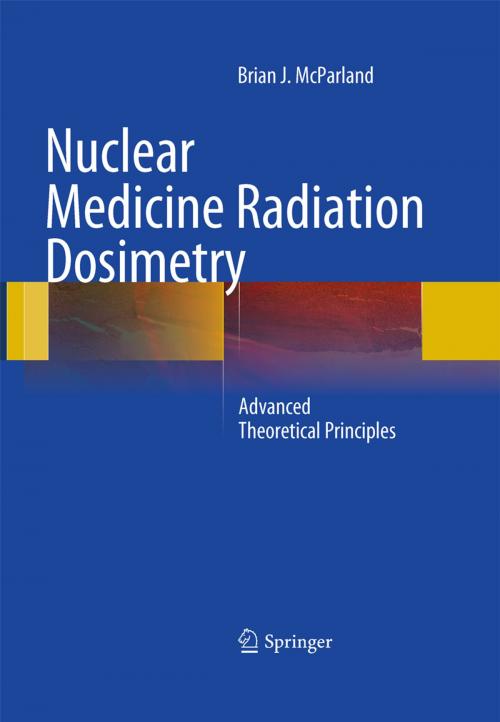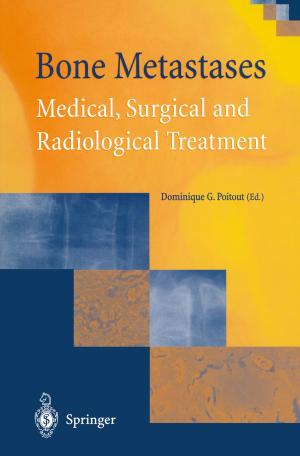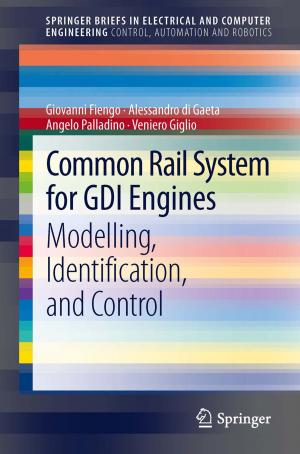Nuclear Medicine Radiation Dosimetry
Advanced Theoretical Principles
Nonfiction, Health & Well Being, Medical, Medical Science, Biochemistry, Specialties, Radiology & Nuclear Medicine| Author: | Brian J McParland | ISBN: | 9781848821262 |
| Publisher: | Springer London | Publication: | July 3, 2010 |
| Imprint: | Springer | Language: | English |
| Author: | Brian J McParland |
| ISBN: | 9781848821262 |
| Publisher: | Springer London |
| Publication: | July 3, 2010 |
| Imprint: | Springer |
| Language: | English |
Complexities of the requirements for accurate radiation dosimetry evaluation in both diagnostic and therapeutic nuclear medicine (including PET) have grown over the past decade. This is due primarily to four factors: Growing consideration of accurate patient-specific treatment planning for radionuclide therapy as a means of improving the therapeutic benefit, development of more realistic anthropomorphic phantoms and their use in estimating radiation transport and dosimetry in patients, Design and use of advanced Monte Carlo algorithms in calculating the above-mentioned radiation transport and dosimetry which require the user to have a thorough understanding of the theoretical principles used in such algorithms, their appropriateness and their limitations, increasing regulatory scrutiny of the radiation dose burden borne by nuclear medicine patients in the clinic and in the development of new radiopharmaceuticals, thus requiring more accurate and robust dosimetry evaluations. An element common to all four factors is the need for precise radiation dosimetry in nuclear medicine, which is fundamental to the therapeutic success of a patient undergoing radionuclide therapy and to the safety of the patients undergoing diagnostic nuclear medicine and PET procedures.
As the complexity of internal radiation dosimetry applied to diagnostic and therapeutic nuclear medicine increases, this book will provide the theoretical foundations for: enabling the practising nuclear medicine physicist to understand the dosimetry calculations being used and their limitations, allowing the research nuclear medicine physicist to critically examine the internal radiation dosimetry algorithms available and under development; and providing the developers of Monte Carlo codes for the transport of radiation resulting from internal radioactive sources with the only comprehensive and definitive.
Complexities of the requirements for accurate radiation dosimetry evaluation in both diagnostic and therapeutic nuclear medicine (including PET) have grown over the past decade. This is due primarily to four factors: Growing consideration of accurate patient-specific treatment planning for radionuclide therapy as a means of improving the therapeutic benefit, development of more realistic anthropomorphic phantoms and their use in estimating radiation transport and dosimetry in patients, Design and use of advanced Monte Carlo algorithms in calculating the above-mentioned radiation transport and dosimetry which require the user to have a thorough understanding of the theoretical principles used in such algorithms, their appropriateness and their limitations, increasing regulatory scrutiny of the radiation dose burden borne by nuclear medicine patients in the clinic and in the development of new radiopharmaceuticals, thus requiring more accurate and robust dosimetry evaluations. An element common to all four factors is the need for precise radiation dosimetry in nuclear medicine, which is fundamental to the therapeutic success of a patient undergoing radionuclide therapy and to the safety of the patients undergoing diagnostic nuclear medicine and PET procedures.
As the complexity of internal radiation dosimetry applied to diagnostic and therapeutic nuclear medicine increases, this book will provide the theoretical foundations for: enabling the practising nuclear medicine physicist to understand the dosimetry calculations being used and their limitations, allowing the research nuclear medicine physicist to critically examine the internal radiation dosimetry algorithms available and under development; and providing the developers of Monte Carlo codes for the transport of radiation resulting from internal radioactive sources with the only comprehensive and definitive.















